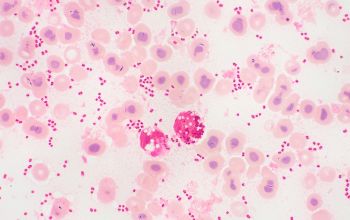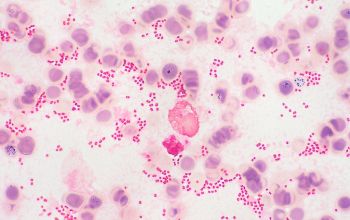Klebsiella variicola
-
General information
Taxonomy
Family: Enterobacteriaceae
Natural habitats
Klebsiella variicola is known to associate with different plants.
Some strains have been associated with disease in humans, suggesting they may be able to serve as opportunistic pathogens of humans.
The majority of isolation of Klebsiella variicola are from sterile sites, mainly blood and urine.
Clinical significance
Proper identification of K. variicola will be critical in the further evaluation of its clinical significance as an underreported infectious agent and in the development of more tailored.
-
Gram stain
Gram negative rods,
cells are short and arranged single or short chain-like arrangement.
0.1-1.2 x 0.4-5.0 µm,
-
Culture characteristics
-
Facultative anaerobic
BA: colonies are often white without glos, translucent, round, regular edges.
McConkey: growth, lactose fermenter
BBAØ: growth
-
-
Characteristics
-
References
James Versalovic et al.(2011) Manual of Clinical Microbiology 10th Edition
Karen C. Carrol et al (2019) Manual of Clinical Microbiology, 12th Edition



